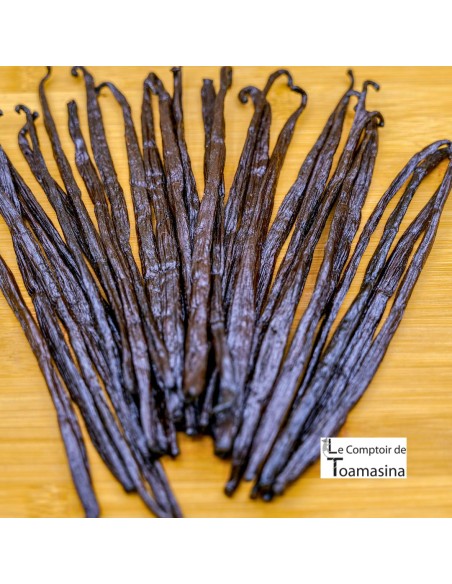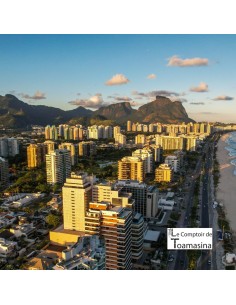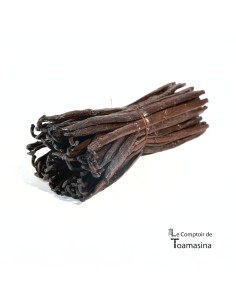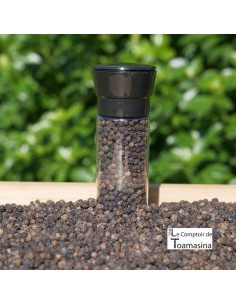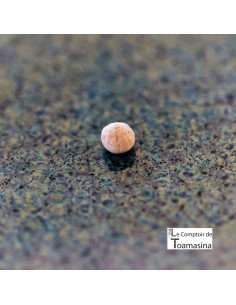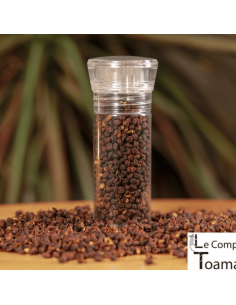The planifolia vanilla pod from Papua will be stored like other vanilla.
But being an ingredient, a basic flavor for many food products, such as cakes, pastries and drinks. You must store it well so as not to alter its aroma, its aromatic power and its freshness. Because vanilla is a chameleon and it is very easy to modify its flavor. You will discover the video at the end of the paragraph.
There are several methods for storing vanilla beans, and these methods can vary depending on the shape of the vanilla and the intended use.
First of all, vanilla beans should be stored in a dark, dry place to preserve their aroma.
They can be stored in a glass jar with a tight-fitting lid or wrapped in parchment paper and stored in a drawer inside a box.
It is important not to expose them to direct sunlight or extreme temperatures, as this can affect their aroma.
It's also important not to store vanilla beans next to other ingredients that can affect their flavor, such as spices or citrus fruits.
If vanilla beans are stored next to these ingredients, they may absorb their aroma and lose their unique taste.
It is recommended to check the vanilla beans regularly to ensure that they have not been damaged or contaminated by fungus. If a vanilla bean is moldy or has taken on a flavor from another product, you need to isolate it. A pod that has taken on the aroma of another product, perhaps used or moldy, you can put it in the trash.
In addition to storing vanilla beans in a dark, dry place, it is important to use them quickly after purchase. Buy vanilla for 1 year and no more.
Quick use ensures that the vanilla beans are at their peak in taste and aroma.
But for the love of God, never put your vanilla in the freezer or fridge; you will distort the flavor of the vanilla and its aromatic power.
Finally, it is important to consider the quality of vanilla beans when purchasing them.
Superior quality vanilla pods, called gourmet quality, must be soft, have no liquid coming out and above all the olfactory notes must be sweet and delicious.
Take advantage of all the experience of the creator of Comptoir de Toamasina on his YouTube channel and discover the methods of growing vanilla at home with advice from the Arnaud Vanille plantation.

